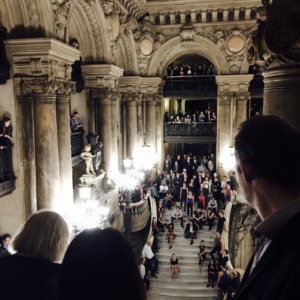
Sehgal’s latest work will likely go down as one of the 21st century’s most interesting hybrids between contemporary art and dance.
I came for one reason and one reason only: to see if Sehgal, 40, recipient of this year’s Hans-Molfenter-Preis, could successfully make the exodus from contemporary art back into ballet. Numerous connections to other dance-world notaries like Isadora Duncan, the Ballets Russes, Merce Cunningham, and Yvonne Rainer can be found throughout his work. However, Sehgal is an artist whose work eviscerates any boundary between dance, choreography, human social relations, sculpture, and political economy, in the process forging new ground as one of the world’s most relevant, provocative, and puzzling cultural producers of our time. He has helped breathe new life into contemporary art by deascensioning it away from material-object-oriented culture, creating famously objectless works — what curator Jens Hoffmann famously called a “museum of dance.”
The first work visitors encountered, “This is so contemporary,” consisted of Sehgal’s “interpreters” (his preferred term for the dancers who execute his work) who basically repeat this phrase as they prance and jump around. To be honest, the work—one of Sehgal’s cheekiest and most audaciously childish—kind of pissed me off. But the more I reflected on it, the more I found it appropriate for the audience and context of the Palais Garnier.
